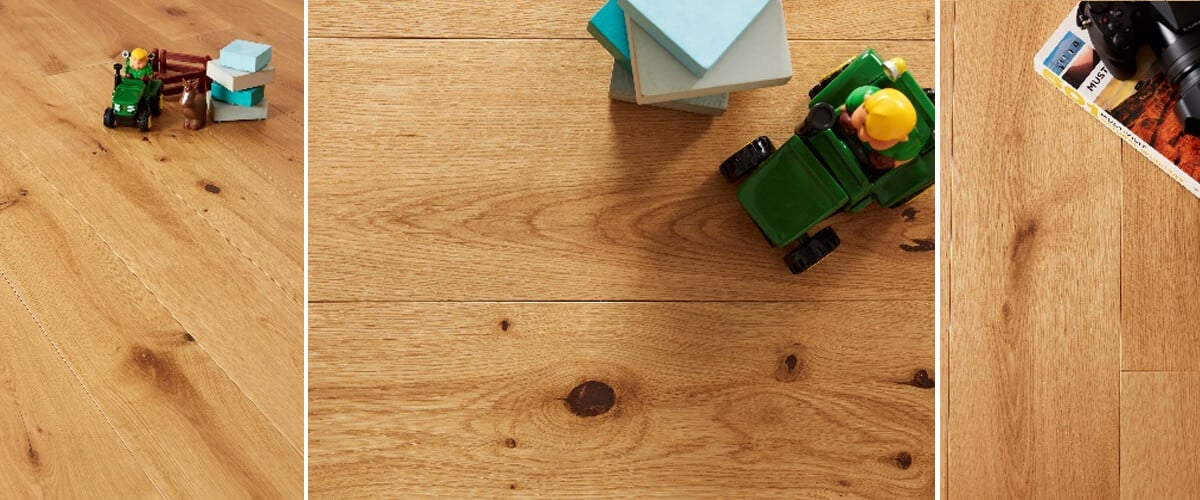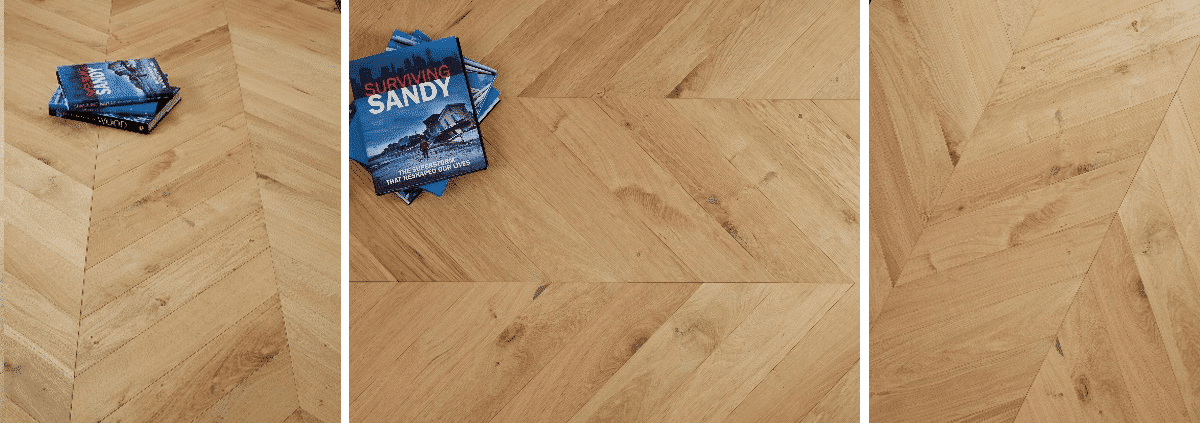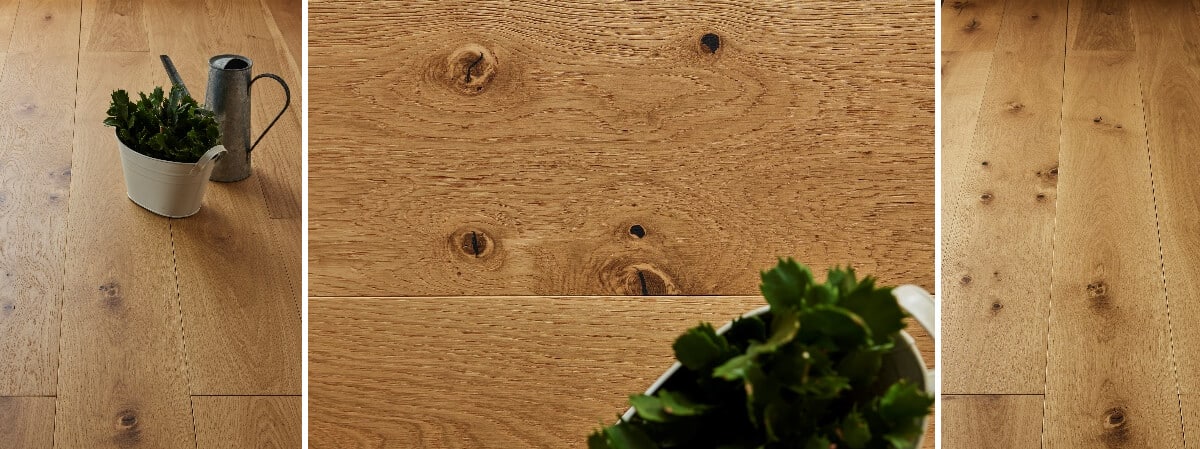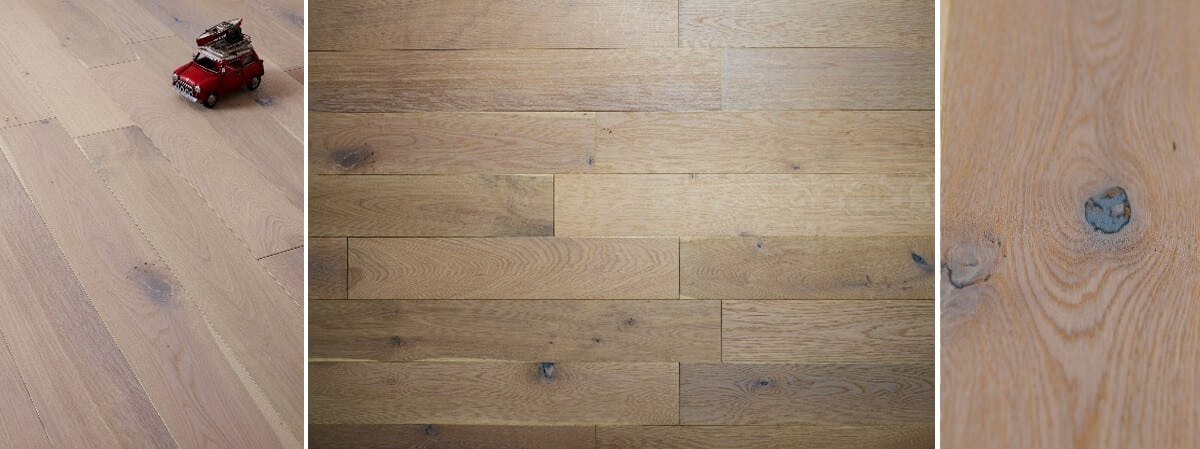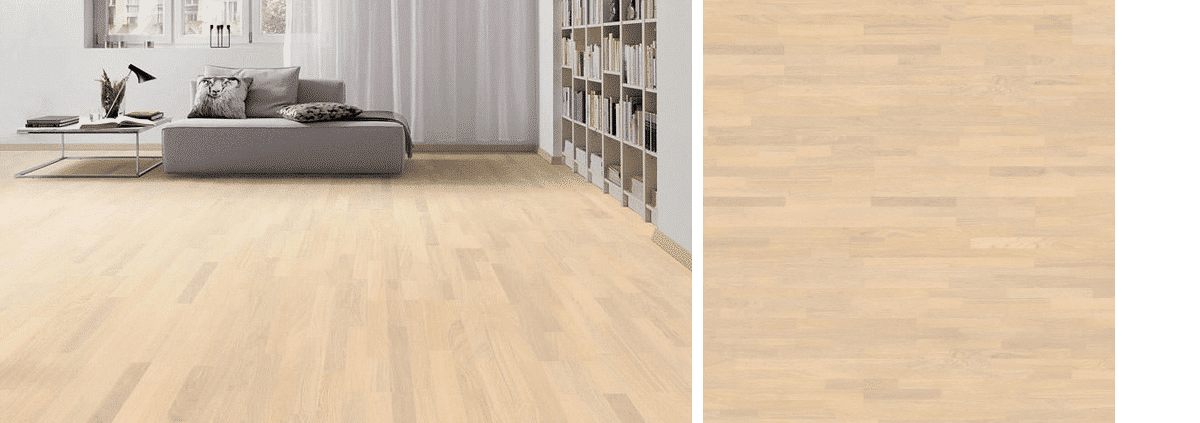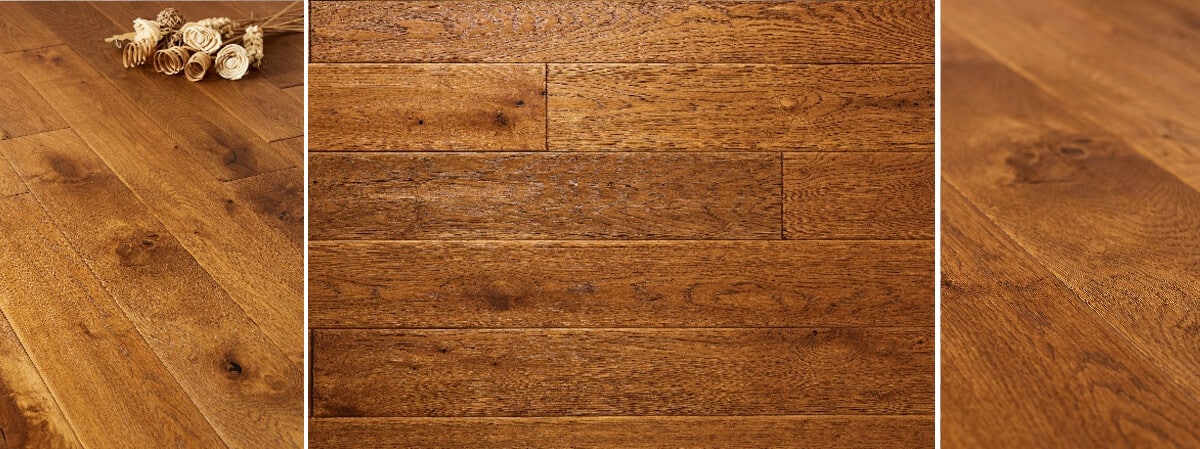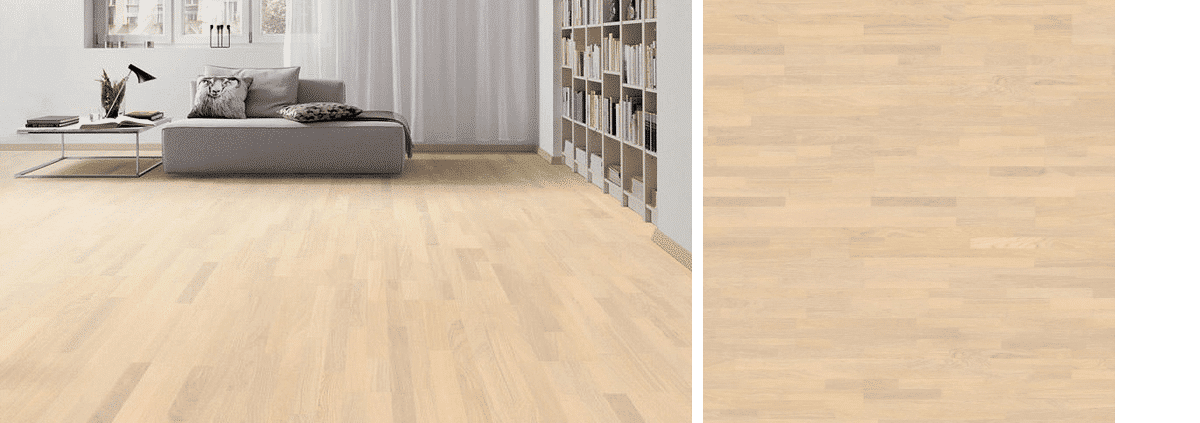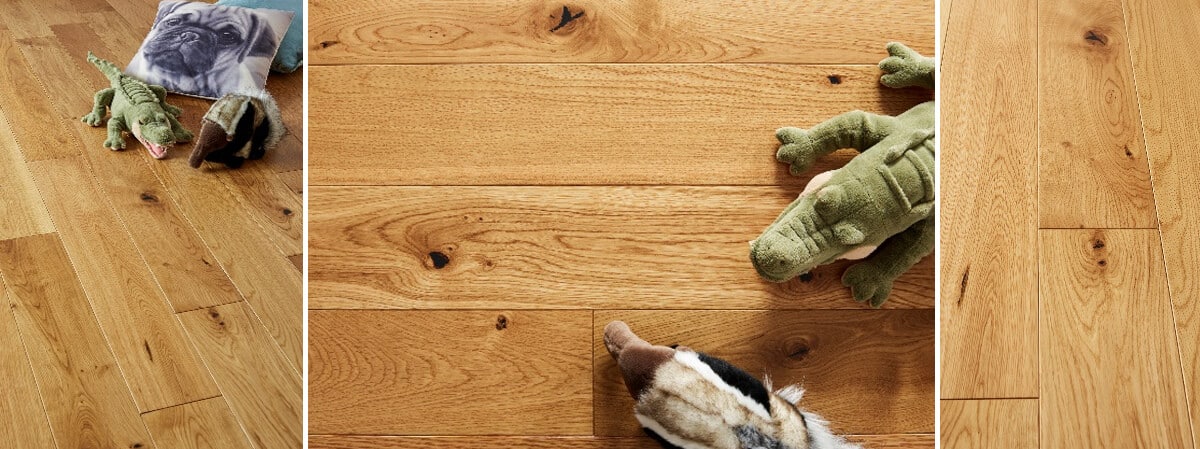easiest way to refinish hardwood floors: 7 Simple Steps
The Easiest Way to Refinish Hardwood Floors
Refinishing hardwood floors is one of the most impactful home improvement projects you can undertake. Whether your floors are scratched, stained, or simply faded over time, the easiest way to refinish hardwood floors involves a systematic, step-by-step process that restores their original beauty and extends their lifespan for decades. At Nationwide Hardwood Flooring Company, we’ve helped thousands of UK homeowners and businesses across London and the South East revitalise their wooden floors with professional-grade techniques and dust-free technology. This comprehensive guide walks you through the simplest, most effective method to refinish your hardwood floors—whether you’re doing it yourself or hiring certified fitters.
Why Refinishing Is the Smartest Choice
Before diving into the process, it’s important to understand why refinishing is often the best solution. Replacing hardwood floors can cost anywhere from £30 to £80 per square metre before labour, making it a costly and wasteful option. In contrast, the easiest way to refinish hardwood floors typically costs between £20 and £30 per square metre in London, offering significant savings while preserving the character of your home.
Refinishing also adds long-term value. Restored hardwood floors can increase your property’s resale value by up to 5%, making it a smart investment for homeowners in areas like Kensington, Greenwich, and Camden. Plus, by choosing to refinish rather than replace, you’re supporting sustainable practices—reducing landfill waste and conserving natural resources. For further insights into sustainable hardwood floor care, consider guidance from wood flooring maintenance best practices.
Step 1: Assess and Prepare the Floor
The easiest way to refinish hardwood floors begins with a thorough assessment. Start by inspecting your floor for deep gouges, water damage, loose boards, or signs of pest infestation. If the wear is only surface-level—such as scuffs, minor scratches, or dull finish—refinishing is ideal. However, if the floor is severely damaged or has been refinished multiple times, replacement may be necessary.
Once you’ve confirmed the floor is suitable, clear the room of all furniture, rugs, and wall hangings. Remove baseboards if possible to allow full access to the edges—this ensures a seamless finish and prevents scuffing during sanding. Seal off doorways with plastic sheeting to contain dust, especially if you’re not using a dustless system. For professional dust-free sanding methods, explore options recommended by London’s leading floor sanding experts.
Step 2: Clean the Surface Thoroughly
Before any sanding begins, clean the floor to remove dirt, dust, and debris. Sweep thoroughly, then vacuum using a HEPA filter to capture fine particles. A damp mop with a wood-safe cleaner can help remove sticky residues, but ensure the floor is completely dry before proceeding.
Cleaning is a crucial but often overlooked step. Skipping it can cause your sandpaper to clog prematurely and may grind dirt into the wood, leading to scratches and an uneven surface. A clean floor ensures the sanding process is smooth and effective, setting the foundation for a professional-quality finish.
Step 3: Sand the Floor with the Right Tools
Sanding is the most critical phase in the easiest way to refinish hardwood floors. It removes the old finish, evens out the surface, and prepares the wood for staining or sealing. To do this efficiently, you’ll need the right equipment:
- Drum Sander: Ideal for large, open areas. This powerful machine uses a rotating drum to strip away old finishes quickly.
- Edge Sander: Used for corners and edges where the drum sander can’t reach. This ensures a uniform finish across the entire floor.
- Orbital Sander: Perfect for final smoothing and detail work. It leaves fewer swirl marks than other sanders.
Begin with coarse-grit sandpaper (36–40 grit) to remove the old finish. Follow with medium grit (60–80) to smooth the surface, and finish with fine grit (100–120) for a silky-smooth result. Always sand in the direction of the wood grain to avoid cross-grain scratches. Change sanding belts frequently to maintain efficiency and prevent overheating.
Step 4: Repair Any Damage
After sanding, inspect the floor for gaps, cracks, or damaged boards. Fill small gaps (up to 3mm) with a resin and sawdust mixture for a natural look. For wider gaps, use reclaimed wooden slivers or flexible gap filler to maintain structural integrity.
Replace any severely damaged boards with matching timber. Secure loose planks with screws or nails, countersinking them slightly to avoid protrusions. For historic homes in areas like Greenwich or Kensington, matching the original wood species and finish is essential for preserving authenticity. Learn more about historic preservation best practices from Historic England.
Step 5: Vacuum and Wipe Down
Once sanding and repairs are complete, vacuum the entire floor using a HEPA-filtered vacuum to remove all dust. Follow up with a tack cloth—a sticky, lint-free rag that picks up residual particles invisible to the naked eye.
This step is non-negotiable. Any dust left on the surface will become trapped under the new finish, resulting in a rough, uneven texture. A dust-free floor is the hallmark of a professional refinishing job and ensures optimal adhesion of stains and sealants.
Step 6: Apply Stain (Optional)
If you want to change the colour of your floor, now is the time to apply a wood stain. The easiest way to refinish hardwood floors with stain involves using a high-quality, water-based or oil-based product compatible with your wood type.
Apply the stain evenly with a lambswool applicator or microfibre roller, working in the direction of the grain. Allow it to penetrate for 5–15 minutes, then wipe off excess with a clean cloth. Let it dry completely—usually 24 hours—before applying the finish. Test the stain on a hidden area first to ensure the desired result.
Step 7: Seal with a Durable Finish
The final step in the easiest way to refinish hardwood floors is applying a protective finish. This shields the wood from moisture, scratches, and daily wear. Choose between:
- Lacquer: Offers a glossy, durable surface that’s easy to clean—ideal for high-traffic areas like kitchens and hallways.
- Oil-Based Finish: Enhances the natural grain and provides a warm, matte sheen. It’s easier to repair locally if scratched.
- Water-Based Polyurethane: Dries quickly and has low odour, making it suitable for homes with children or pets.
Apply at least two thin coats, sanding lightly with 120-grit paper between coats for better adhesion. Allow proper drying time—typically 24 hours between coats—and avoid walking on the floor for at least 48 hours after the final coat.
DIY vs. Professional Refinishing
While the easiest way to refinish hardwood floors can be done as a DIY project, it requires time, skill, and the right tools. Renting a drum sander and edge sander from a local store like HSS can cost £50–£100 per day, and mistakes—such as over-sanding or uneven staining—can be costly to fix.
Professional fitters, like those at Nationwide Hardwood Flooring Company, use commercial-grade, dustless sanding systems that capture 99% of dust, minimising mess and health risks. Our teams are trained in Lagler’s PST® Premium Sanding Technology, ensuring flawless results in less time. For a 45m² Victorian townhouse, we typically complete the job in 3–4 days with minimal disruption. Learn more about expert floor sanding in London from trusted providers like Sanding Wood Floors London.
Cost of Refinishing Hardwood Floors in London
Understanding the cost is essential when planning your project. The average price to refinish hardwood floors in London ranges from £26 to £30 per square metre, depending on floor condition, finish type, and room size. Here’s a breakdown:
| Room Size (m²) | Low Estimate (£) | High Estimate (£) |
|---|---|---|
| 25 | 550 | 700 |
| 45 | 1,050 | 1,400 |
| 80 | 1,800 | 2,600 |
Additional costs may include carpet removal (£80–£100 per room), stair refinishing (£35–£70 per step), and gap filling (£10–£25 per m²). At Nationwide Hardwood Flooring Company, we offer transparent, no-obligation quotes and bulk material discounts that help keep costs low.
Maintenance Tips for Long-Lasting Floors
After refinishing, proper care ensures your floors stay beautiful for years. Use felt pads under furniture legs, avoid high heels, and clean spills immediately with a damp cloth. Sweep or vacuum regularly and use a wood-safe cleaner—never steam mops or harsh chemicals. For detailed maintenance plans, see engineered wood flooring care guidance.
Re-coat every 5–7 years to maintain protection, especially in high-traffic areas. With proper maintenance, a refinished hardwood floor can last 20–30 years or more, making it one of the most durable and sustainable flooring options available.
Why Choose Nationwide Hardwood Flooring Company?
As a leading flooring contractor in the UK, Nationwide Hardwood Flooring Company combines decades of experience with cutting-edge technology. We specialise in engineered hardwood flooring, herringbone flooring, and solid oak flooring restoration, serving homes and businesses across London, including Kensington, Greenwich, and Camden.
Our services include:
- Dust-free sanding with HEPA filtration
- Custom staining and finishing options
- Floor repairs and board replacement
- Commercial and residential installations
Contact us today at 07940 528 315 or email enquiries@nhfcompany.co.uk for a free, no-obligation quote. Let us help you discover the easiest way to refinish hardwood floors with professional results that last.


